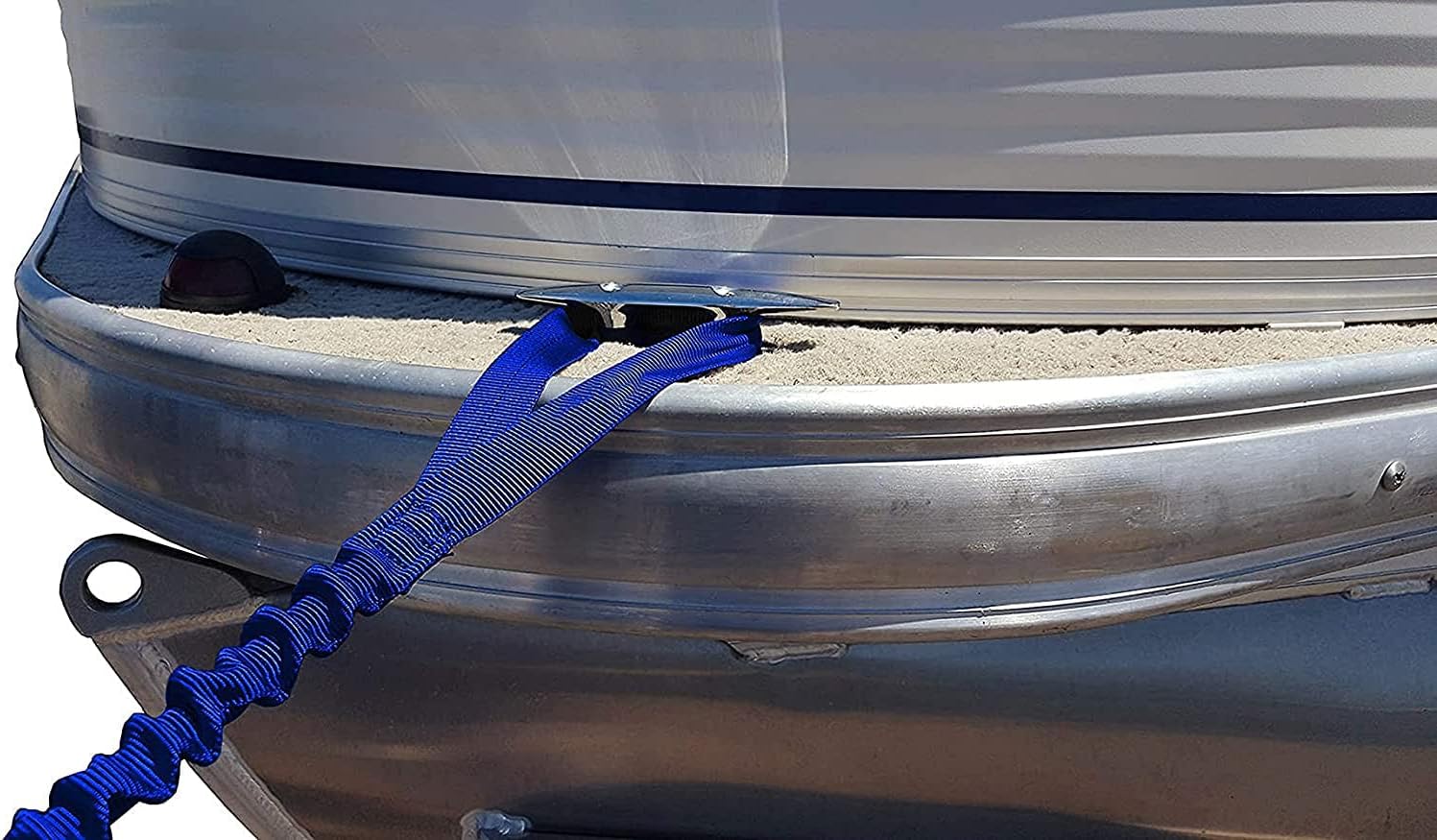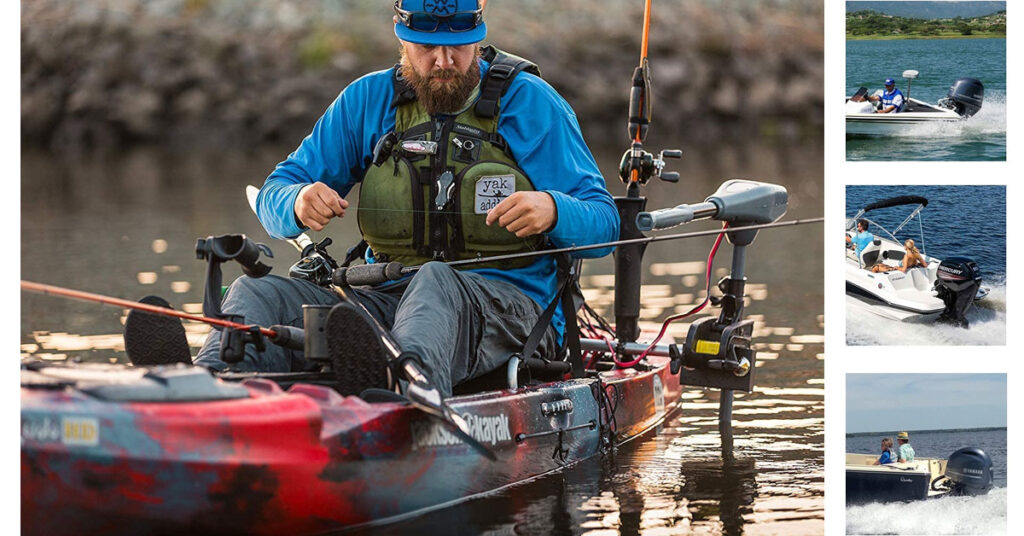Boat mooring is the process of securing a boat to a mooring buoy or a fixed object on the bottom of a body of water. This can be done with anchors, ropes, and chains. Boat mooring is often used in areas where there is a lot of boat traffic, such as in harbors and marinas. Boat moorings are used to secure boats to the bottom of a body of water, usually water.
The term “mooring” can also be used as a verb, meaning “to install a mooring”. Boat moorings are typically used to prevent the boat from drifting away and to provide security for the boat. They can be considered a form of anchoring, although the term “anchor” is more frequently used to refer to a specific type of anchor. Typically, a boat mooring consists of a vertical post (usually called a “halyard”), which is secured to the bottom, and a cable that connects the halyard to an anchor.
Types of Boat Moorings
Moorings are used in both fresh and salt water, and come in a variety of designs depending on their intended use. Moorings can be used for both short-term and long-term stays. There are different types of boat moorings that can be used, and each has its own advantages and disadvantages.
-
Buoy mooring
A buoy mooring is a boat dock that uses floating buoys as opposed to pilings or a solid dock. Buoys are moored in place using Boat Anchor chains or ropes attached to the seabed. This type of dock is popular in areas with shifting sandbars or strong currents, as it is less likely to become detached than a traditional dock.
-
Pile moorings
A pile mooring is a type of temporary mooring that uses piles, or posts, to secure the boat. The piles are driven into the bottom of the waterway and the boat is tied to the top of the pile. This type of mooring is good for small boats in shallow water.
Pile moorings can be used in rivers, harbors, and estuaries. They are often used by commercial fishermen and recreational boaters. Pile moorings can be installed quickly and are easy to move if necessary.
-
Swing moorings
Swing moorings can be a great option for boaters looking for an alternative to traditional fixed moorings. They allow boats to swing in the wind and waves, which can provide a more comfortable ride and help to prevent damage to boats.
There are several different types of swing moorings, including anchorless swing moorings and floating swing moorings. Anchorless swing moorings use weights or buoys to keep them in place, while floating swing moorings rely on anchors.
Swing moorings can be a great option for both novice and experienced boaters. They are relatively easy to use, and they can help to protect boats from damage caused by strong winds and waves.
Running and standing mooring
When you are at anchor, your boat is resting on the bottom. This is called a “standing” mooring. It is very stable, but it can be difficult to get your boat off the bottom if the wind or current changes direction.
A running mooring is much more flexible. Your boat will move up and down with the waves, but it will not move sideways. This can be a problem if there is a lot of traffic in the area, because your boat could end up in the way of other boats.
Most people prefer to use a running mooring when they are at anchor. It is less stable, but it is much easier to get your boat off the bottom if the wind or current changes direction.
Single buoy or single point mooring
A single buoy or single point mooring (SBM) is a boat dock that uses a single, large buoy to support one or more boats. The boats are attached to the buoy with cables, and the buoy is anchored to the seafloor with chains or ropes. This type of dock is popular in areas with strong currents, because it minimizes the amount of drag on the boat.
Mediterranean Mooring
There are a few different types of moorings you can use for your boat, and the Mediterranean mooring is one that is often used in that region. This type of mooring uses two anchors, and it’s important to make sure both anchors are set well so the boat doesn’t move. The Mediterranean mooring is also good for windy conditions, as it keeps the boat in place better than other types of moorings.
How to make a boat mooring
There are a few different ways that you can make a boat mooring. You can either use a buoy, or you can use an anchor. If you are using a buoy, you will need to attach a line to the boat, and then throw the buoy in the water. The other end of the line should be attached to an anchor. If you are using an anchor, you will need to bury it in the ground, and then attach the line to the boat.
Boat mooring equipment’s
There are many things that are needed in order to properly moor a boat. The first and most important piece of equipment is the boat mooring itself. This can be a heavy-duty anchor, chain, and line. The most important piece of equipment for any boat mooring is an anchor. The size and type of anchor will depend on the weight and size of your boat, as well as the type of bottom you are anchoring in. For sand or mud bottoms, a Danforth-type anchor is best. The anchor should be large enough to hold the boat in place, and the chain and line should be strong enough to keep it from moving.
In addition to the mooring, other necessary items include fenders or bumpers to protect the boat from contact with other objects, lines or ropes to secure the fenders, and a dock or pier to tie off to. It is also helpful to have a few tools on hand such as a hammer, screwdriver, and pliers in case any adjustments need to be made.
For mooring you may need some different types of materials for different types of mooring which are given below and you will find everything on a good marine store or online e-commerce platform like Amazon or Ebay:
- Ropes
- Chain
- Concrete block
- Steel frame
- Buoys
- Anchor
- Another Ship
- Winches
- Lock Wall
Safety Tips for Boat Mooring
In order to ensure safe boat mooring, follow these tips:
- Make sure that you select an appropriate spot to moor your boat. The area should be free of obstacles and strong currents.
- Use plenty of rope when mooring your boat. The rope should be long enough to reach the fixed object and still have enough slack to allow for movement in the water.
- Use sturdy cleats or bitts to secure the rope at both ends.
- When securing a boat, first secure the bow by tying it off to the cleats or bitts. Then, attach the stern to the bitts.
- Make sure that your boat is securely tied up before leaving it unattended for long periods of time.
Mooring vs Docking
When you’re out on the water, there are a few different ways to dock your boat. You can moor it, dock it, or tie it up. Each has its own benefits and drawbacks.
Mooring is the process of tying your boat to a fixed object on land or in the water. This can be done with a buoy, a jetty, or another boat. Mooring is a good option if you want to stay in one spot for a while, but it can be difficult to find a place to moor your boat in some areas.
Docking is the process of attaching your boat to a floating dock or pier. This is the most common way to dock your boat and it’s easy to find places to do it. However, docks can be crowded and they can move around in windy weather.
Docking and Berthing
Docking and berthing are two of the most important maneuvers a boat can make. Docking is the process of bringing a boat into a dock, while berthing is the process of attaching a boat to a pier. Docking and berthing are both critical for safety, as well as for convenience.
Docking is the more difficult of the two maneuvers. There are many things that can go wrong, and it takes practice to get good at it. The most important thing to remember is to keep the boat under control at all times. If you lose control, you could end up hitting the dock or another boat.
Berthing is not quite as difficult as docking, but it can still be tricky. The most important thing to remember is to make sure that the boat is securely attached to the pier before leaving it. Berthing is the process of bringing a boat to a port or harbor for docking or overnight stays. Berths are usually assigned by the owner or operator of the berth, and are typically given out on a first come first served basis. A berth is usually a place for boats to be temporarily located, often at a cost. It may be free, or paid for by the owner of the boat.
Conclusion
Boat mooring is an important part of boating safety. By following the proper procedures, you can help ensure that your boat stays in place and does not create a hazard to other vessels. Remember to always use a properly fitting mooring line and keep a lookout for other boats while you are moored.
You May Also Like
Photo: unsplash.com




